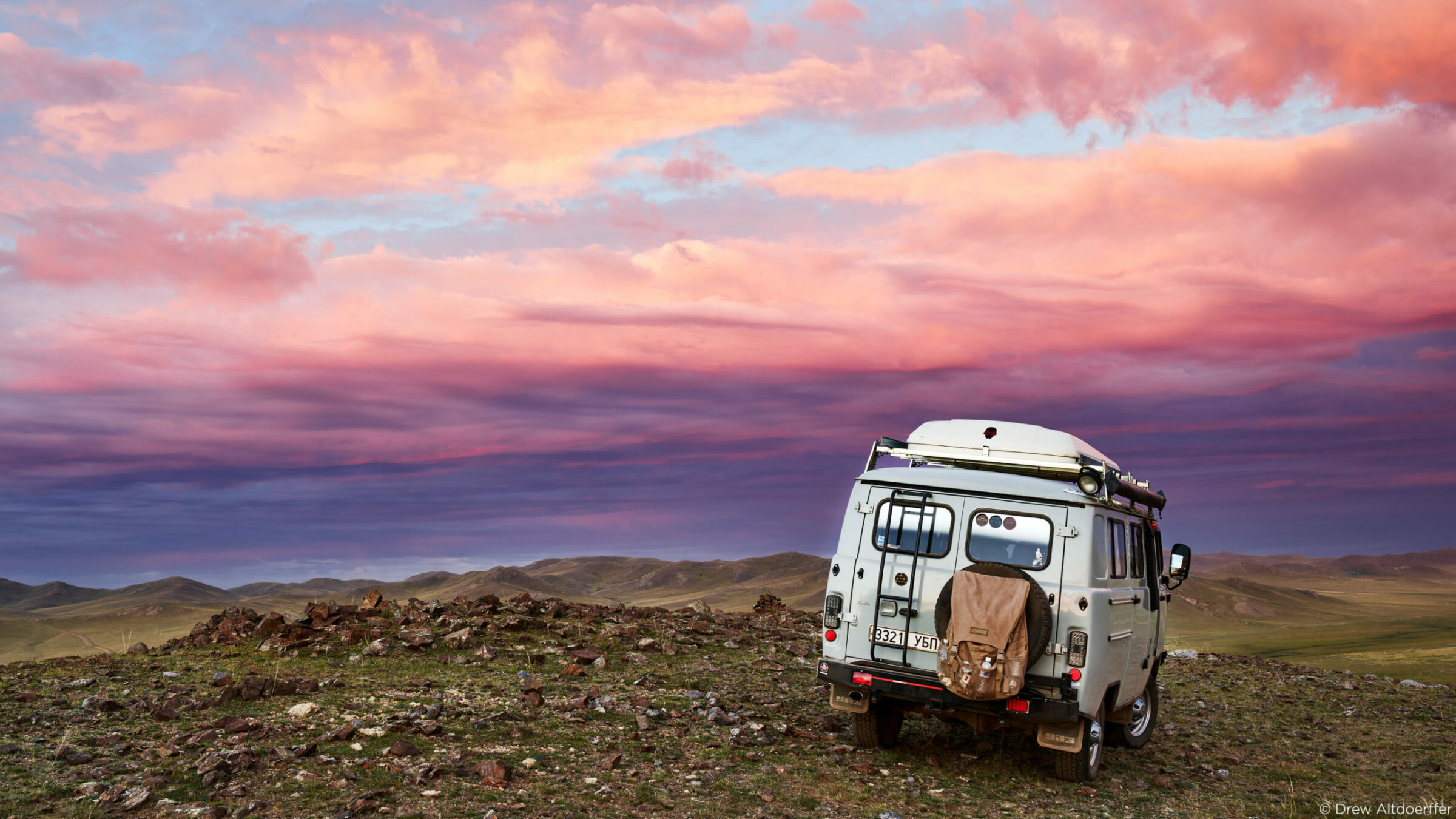Phase One’s Product Manager, Drew Altdoerffer shares his point of view on our wide range of advanced photography Blue Ring Lenses.
Any image, no matter what features or tools the camera may provide, is only as good as the lens that captures it. Sure, there are subjective aesthetic qualities of certain lenses. However, objective qualities like sharpness, resolution, durability and versatility are all essential for professional photographic results. I hope we can all agree on that much.
The specific lens you use, how you use it and why you use it, is certainly grounds for a discussion. In the vein of that discussion I have to be honest: my views are completely biased, as I’ve worked for Phase One for nearly 9 years. Nevertheless, even well before that time you could always find me with Phase One in my hands. As a Product Manager I have innumerable opportunities to use and test the Phase One equipment. This is not only taking place in a studio environment but under rather demanding conditions as well.
Among other responsibilities here in Copenhagen, I manage the PODAS (Phase One Digital Artist Series) photographic workshops. With that position comes the envious task of traveling the world and photographing some of the most stunning scenes. I get to do everything with the best products, and the Blue Ring lens range is no exception. In my constant use of the XF Camera System, I want to take the opportunity to share a few things that stand out to me about the Blue Ring lens range.
Quality Lenses
I count myself lucky to have been a part of Phase One’s growth from a small Danish Digital Back manufacturer to a fully-fledged global Camera System and Specialty Imaging company. Our dedication to quality and the love of photography has recently culminated in the XF Camera System, which features our Blue Ring lenses.
The Schneider Kreuznach Blue Ring lens family currently covers almost every desired focal length, from wide-angle to telephoto. It’s clear how much it emphasizes and embraces professional image quality. Resolution, speed, durability, and reliability, are all specifications that MUST be met before evaluating pesky details like size and weight. The culmination of that emphasis may be big lenses, but it’s all worth the beauty of the end result.
Lens Features and Flexibility
With workshops like PODAS, I have to manage dozens of lenses and camera systems for eager participants. Being able to precisely trim the focus for each lens on each camera body makes certain there are no concerns about focus accuracy when we’re out in the field. Calibrating a Hyperfocal “sweet-spot” ensures customers can see the immediate benefits without setting it up themselves.
The Blue Ring lenses allow me to set up each system once and always keep that calibration information. This is applicable no matter what camera the lenses end up on throughout the workshop. The improved electronics within the lenses means that the XF Camera System’s tools can easily communicate with the lenses. It’s a huge time saver and stress reliever for me knowing the customers’ experience will be a good one.
Focus Stacked Image
With the simple and detailed calibrations out of the way, the Blue Ring integration makes tools like Focus Stacking captures of intricate subjects, complex architecture or vast landscapes, a simple process. Not to mention having a preset Hyperfocal point that ensures worry-free success when shooting in demanding conditions like aerial photography. When hanging out of a helicopter, or in a rush to capture the fleeting light, precision and efficiency are essential.
Robust and Durable Lenses
The conditions that we meet on PODAS, I can assure you, can be demanding. The rain in Ireland, the cold of Antarctica, the heat and sand of the Australian desert. They’re all perfect testing grounds to demonstrate that the Blue Ring lenses live up to our high standards. In addition, with so many workshops and so many eager hands putting the lenses to work, they see their share of use.
With the Blue Ring lenses, that heavy workload is no problem, as the design specifications demand durability. However, unless the lenses take a tumble down a steep cliff (yes, it happens) there’s never any worry about reliability.
Professional Promise
Though, durability and professional design are only words unless they’re backed up by a guarantee. The Blue Ring lenses, when purchased with an XF Camera System, carry a 5-year warranty that isn’t limited to how much work the lenses do. It’s comforting to know that Phase One stands behind their product, offering unlimited leaf shutter actuations. It’s especially important when you consider the thousands of actuations that the lenses get at any given workshop.
For PODAS workshops, we’re in remote locations with eager photographers waiting to test the latest and greatest. I sleep easier at night knowing that the equipment being a problem is a far lesser worry than the weather cooperating at sunrise.
Right Tools for the Job
With the wide variety of available lenses, the options cover almost every conceivable application. And they do so with the precision and detail that only a 101 megapixel back can capture. At the end of this post are just a few of my favorite images taken on PODAS workshops. These results wouldn’t be possible without the dedication to quality and integration found in the Blue Ring range.
Wide-angle Lenses
Typically, the PODAS workshops focus on landscape photography, and the 35mm f/3.5 is always a popular choice. The lens was designed with landscapes in mind and provides a slightly curved focal plane that takes advantage of distant focus. In addition, it provides greater depth of field sharpness from the foreground to infinity. One shot is all you need!
By comparison to the above, the 45mm lens f/4.5 is as technically rigid as possible, making it ideal for architectural subjects. The perfectly flat focal plane and razor detail resolution of the lens ensure that it captures every detail in rich contrast, from corner to corner, edge to edge. With XF Camera System features like automated Focus Stacking, a few quick entries dialed into the camera produces files that one can combine for perfect focus throughout the entire capture.
Standard Lenses
The standard 55mm and 80mm lenses (equal to a 35mm and 50mm in 35mm terms) are the stock standards of any photographer’s toolbox. This makes them infinitely versatile with what they can do; from landscape to portrait, there’s no task they can’t meet. However, I’ve found that their real strength is in Aerial photography. Combined with the Hyperfocal focus of the XF, you’re able to mix the precise Autofocus and a preset Hyperfocal “sweet spot” when shooting from a helicopter or plane. In stressful situations like that, it’s good to have something that you can always rely on, concentrating on composition and safety… not to mention their small size as an unquestionable benefit in cramped spaces.
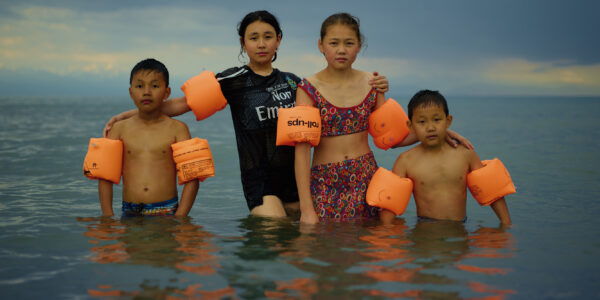
Photographer Stories
Intimacy in focus: Louise’s lens on humanity with Phase One_Part1
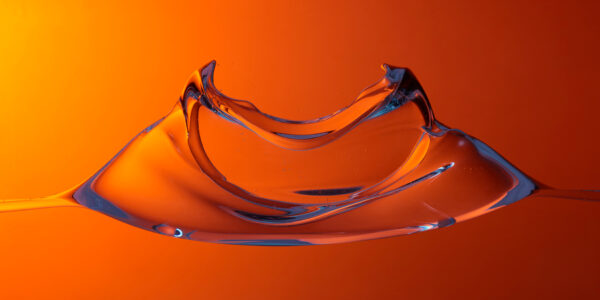
Photographer Stories
Dimitri Newman: Vision is Just the Start
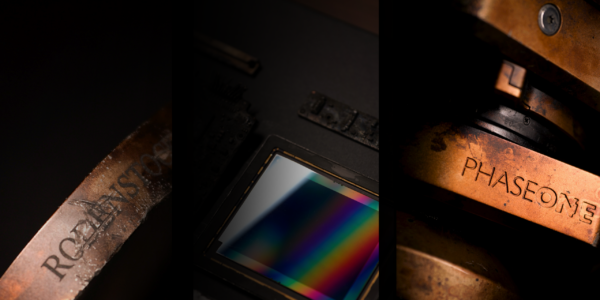
Photographer Stories
Ashes: The Rebirth of a Camera- Hexmalo
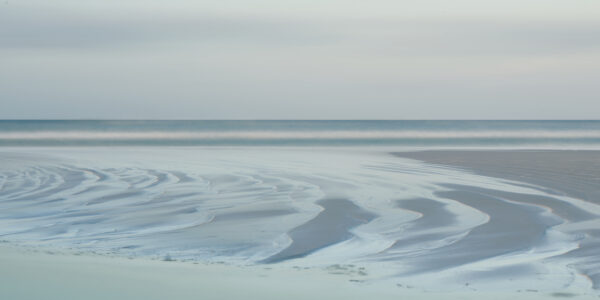
Photographer Stories
Chandler Williams: A Photographer’s Path
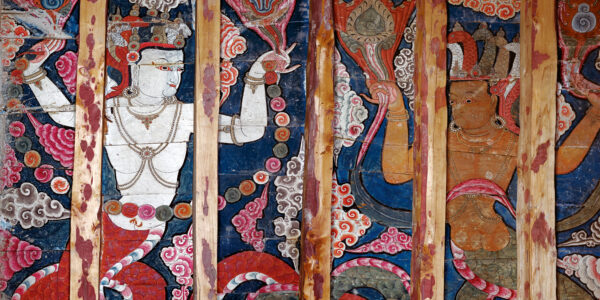
Photographer Stories
TABO- Gods of Light
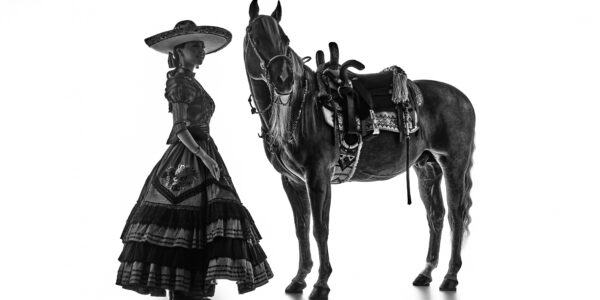
Photographer Stories
Loreto Villarreal – An Evolving Vision
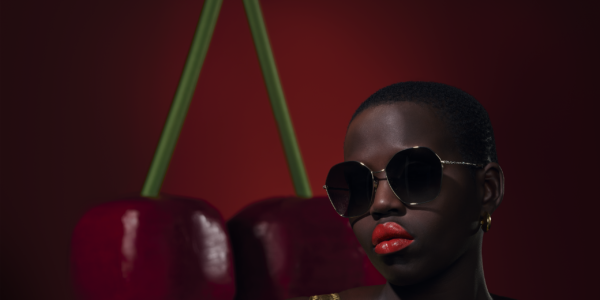
Photographer Stories
Tobias Meier – Storytelling Photography
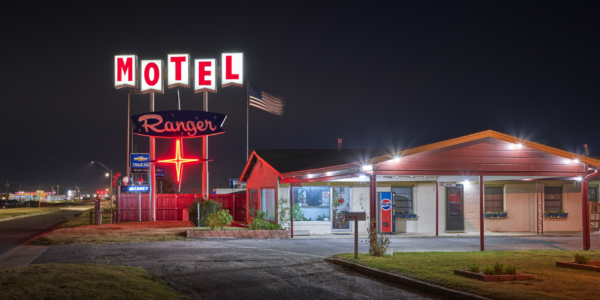
Photographer Stories
Gregory Essayan – Curating Reality
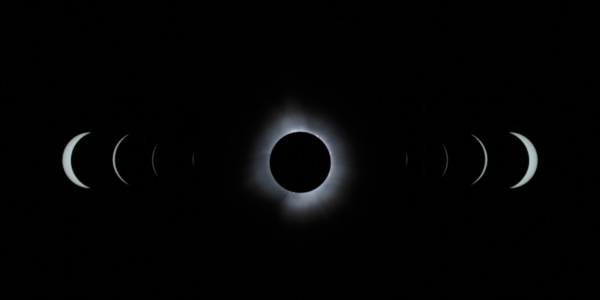
Photographer Stories
Total Solar Eclipse – Matthew C. Ng
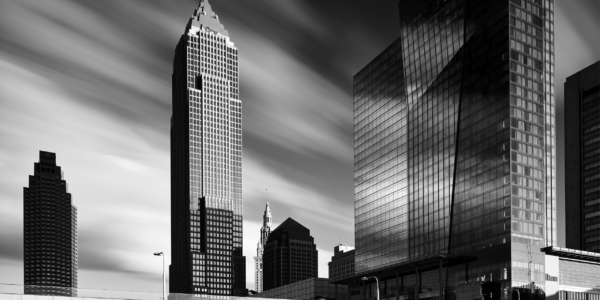
Photographer Stories
Roger Mastroianni – Frame Averaging
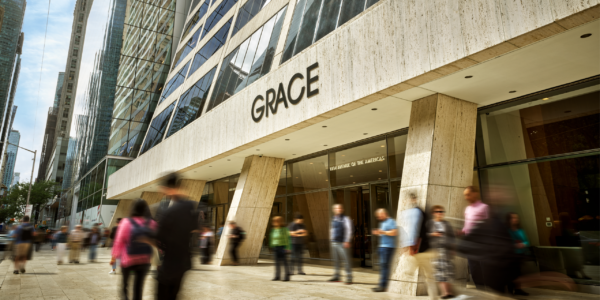
Photographer Stories
Matthew Plexman – Bringing portraits to life
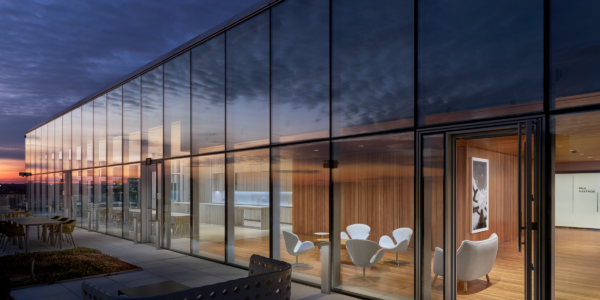
Photographer Stories
Prakash Patel – A Visual Design Story

Photographer Stories
Karen Culp – Food Photography Ideas
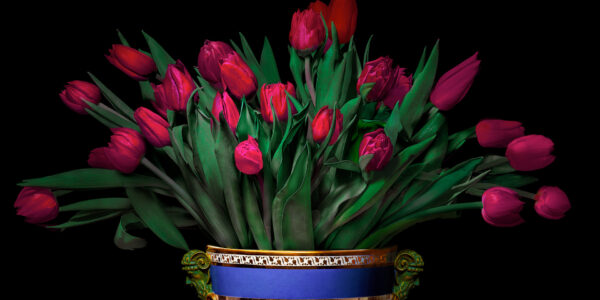
Photographer Stories
T.M. Glass: Flower portraits
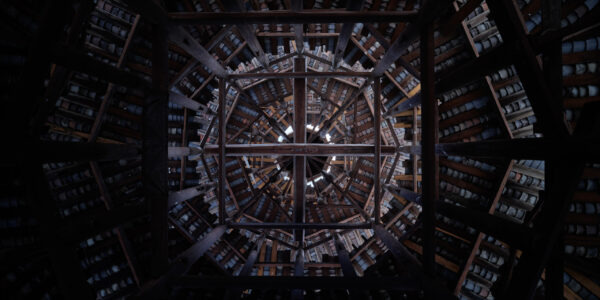
Photographer Stories
Preserving ancient Chinese buildings – Dong Village
